The North London Derby in the Premier League tends to provide exciting encounters, consistently providing excellent football and bringing out the best (though occasionally also the worst) of both teams and their fans. However, how intense is the rivalry between the fans?
The animosity between Arsenal and Tottenham Hotspur has some special ingredients. Many football derbies are purely geographic – fans are 'tribespeople' by nature and hate other teams simply for the fact that they're playing in the same neighborhood. In the case of Arsenal and Spurs, however, there is something more to it.
The beginnings of the rivalry between Arsenal and Tottenham
The rivalry between the two current Premier League clubs has political roots. Although the clubs first met in 1887, it was not until 1913 that their rivalry was ignited when Arsenal moved to Highbury from their original Manor Ground south of the Thames in Plumstead, invading what Tottenham considered their territory. Despite the fact that Arsenal were in the lower division, the two sides met regularly in local competitions during the First World War, encouraging the inevitable rivalry.
In 1919, however, things escalated. After the war, it was decided to expand the First Division by two teams from 18 to 20 teams. The league held a meeting to decide who would be admitted. Chelsea and Tottenham, who ended the season in 19th and 20th place in the First Division, should be facing relegation. The first two of the second division also rose. But Arsenal, who had only finished sixth, still applied for a place in the First Division.
And sure enough, Arsenal beat Spurs in the decision making and the two clubs swapped leagues as a result. Not only had Arsenal invaded Tottenham territory, they temporarily assumed sporting supremacy.
Spurs' demotion didn't last long though; They returned to the top flight after winning the Second Division title in 1920. After that, the derbies became increasingly explosive. Spurs fans had an understandable grudge against Arsenal.
However, that was over 100 years ago, and many of today's fans are not even fully aware of the details of this story. While Arsenal's move into Tottenham territory may have been the initial reason for the disagreement, the story has undoubtedly evolved since then.
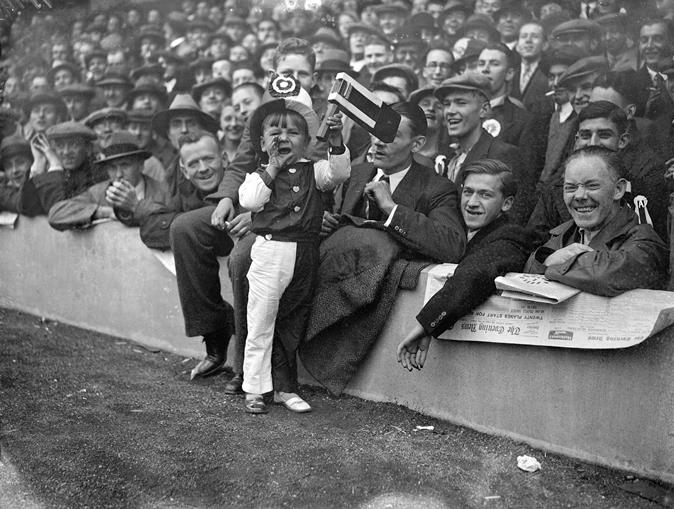
A young gooner before the Arsenal v Tottenham Hotspur Football Club game at Highbury Stadium in London. October 20, 1934
Arsenal - Tottenham Hotspur 4:4 (First Division, 1963-64)
The early 1960s represent the most glorious period in Tottenham's history and under Bill Nicholson they won a League/FA Cup double in 1960/61, the FA Cup in 1961/62 and the Cup Winners' Cup in 1962/63. They had won four and drawn one of five North London derbies in those seasons. But there were signs the Gunners were on their way back by the time they first met in the 1963–64 season.
Spurs had been second in the table with a game in hand prior to that October meeting; Despite losing three of their first four games, Arsenal were just a point behind in sixth place. When asked if the Gunners were ready to challenge his side, Nicholson said, "Challenge? Challenge? What do you mean by challenge? I'm not worried about other clubs."
The game, which came almost exactly a year after a thrilling 4-4 draw at White Hart Lane, saw Highbury's highest attendance in a decade as 67,986 fans poured through the gates. For long stretches of the game it looked as if the home fans would be disappointed: Spurs were the much better team and led 4-2 for almost the entire second half.
Five minutes from time, Joe Baker made it 3-4 before Geoff Strong headed in a corner for the much-celebrated equalizer with 20 seconds remaining.
"This was a football moment that combined the relief of Lucknow and Mafeking, but the full drama continued after the game was over," Desmond Hackett wrote in the Express. "Tottenham's 'battle-hardened' Bobby Smith verbally attacked Birmingham's referee Dennis Howell, protesting that goalkeeper Bill Brown was being held down as Geoff Strong 'smuggled' the goal in. Smith was cautioned after the referee said he wouldn‘t shut up" to which the striker replied, "If he wants to take me to the FA I'm more than ready."
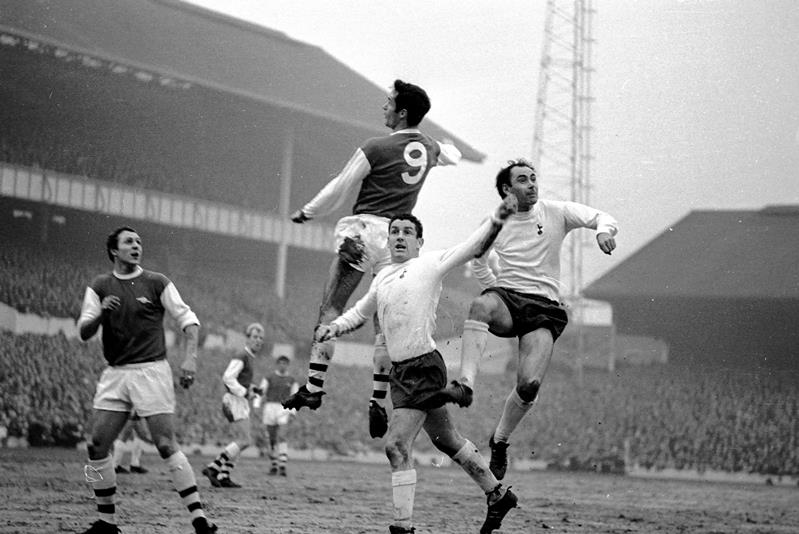
White Hart Lane 20 January 1968: Arsenal's Ariel and George Graham (No 9) in a heading for the ball with Spurs' David Mackay and Alan Gilzean (right).
Traitor Sol Campbell
When Pat Jennings joined Arsenal from Tottenham in 1977, it was an unpopular decision, but one that Spurs fans were relatively able to absorb - and not just because they believed the goalkeeper was nearing the end of his career.
However, when Sol Campbell made the same move in 2001, he enraged Tottenham fans. Insults were made, memorabilia and shirts were burned and Campbell has been considered persona non grata by Spurs fans ever since. On his first return to White Hart Lane, despite the intense pressure and constant boos and insults from Spurs fans, Sol Campbell played one of his best football games at Arsenal, according to manager Arsene Wenger. The game ended 1:1.
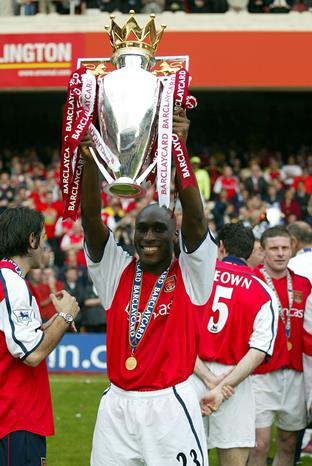
Sol Campbell lifting the Premier League Trophy for Arsenal in 2002
St Totteringham’s Day
By the late 1990s and early 2000s, Arsenal had firmly established themselves among the top four clubs in the Premier League, winning the English Championship in 1998, 2002 and 2002 and playing regularly in the Champions League. Tottenham were just mediocre at the time and reaching the Europa League could already be considered a success.
Arsenal fans looked forward to St Totteringham's Day each season, when Spurs are mathematically unable to overtake Arsenal in the table. Under coach legend Arsene Wenger, Gunners fans have celebrated the day over 20 times since 1995. It wasn't until 2017 that Tottenham managed to top Arsenal in the table for the first time in a long time.
New stadiums - new success?
In the early 2000s Arsenal decided to build a new stadium and in 2006 they moved from the venerable Highbury to the Emirates Stadium. However, this does not seem to have done Arsenal any good, as the club has not yet won the Premier League at the new stadium. And in recent years Arsenal have had to make friends with sporting mediocrity.
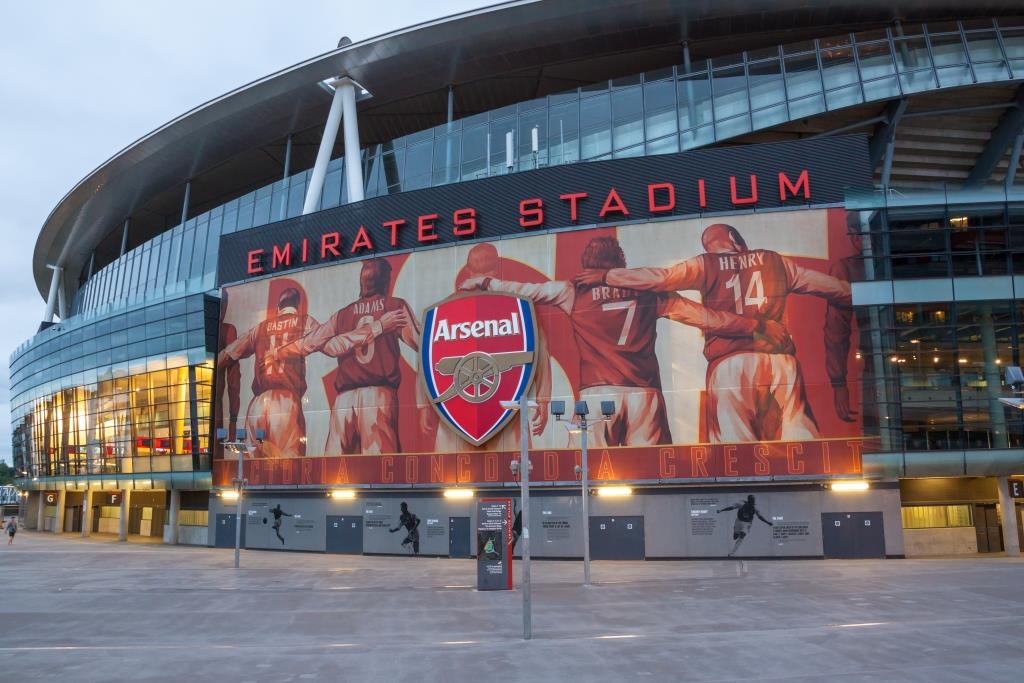
Arsenal FC's current Emirates Stadium
On the other hand, Tottenham has been able to catch up in terms of sport in recent years and was usually more successful in the league than their unpopular neighbors. Tottenham also built a new stadium. The new Tottenham Stadium with over 60,000 seats was built at the old location on White Hart Lane. A real gem and a bit better in terms of atmosphere than its competitor in Holloway, just 7 kilometers away. Spurs derisively taunt Arsenal's Emirates Stadium 'Library' in reference to the rhyming Highbury and the bad vibes you see and hear at Arsenal home games.
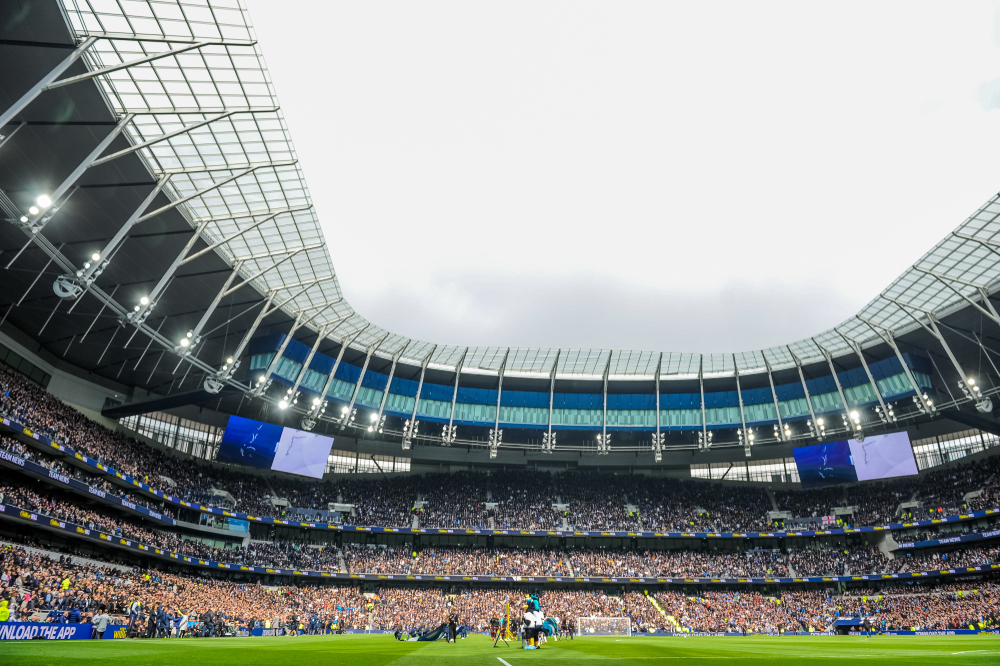
The new Tottenham Hotspur Stadium on White Hart Lane
Both clubs' supporters hail from very similar social demographics. And their rivalry is not based on religious differences such as Celtic and Rangers.
Despite this, encounters between the two teams were punctuated by some unsavory incidents. In the 1970s and 1980s Tottenham was attacked by some anti-Semitic chants because of the large Jewish community that existed in the area. This has led to many Spurs fans controversially reclaiming the term 'yid' as a mark of pride. For most fans, however, this issue does not play a role in the rivalry, as Arsenal also have a significant Jewish fan base. True fans know that this rivalry is all about the sporting competition on the pitch.
So when Derby Day hits in North London, it electrifies the crowds, creating excitement and atmosphere in the stands and the myriad pubs surrounding both stadiums. Whether it's Arsenal FC vs Tottenham Hotspur at Emirates Stadium or Tottenham Hotspur vs Arsenal FC just a few miles away at Tottenham Stadium.
